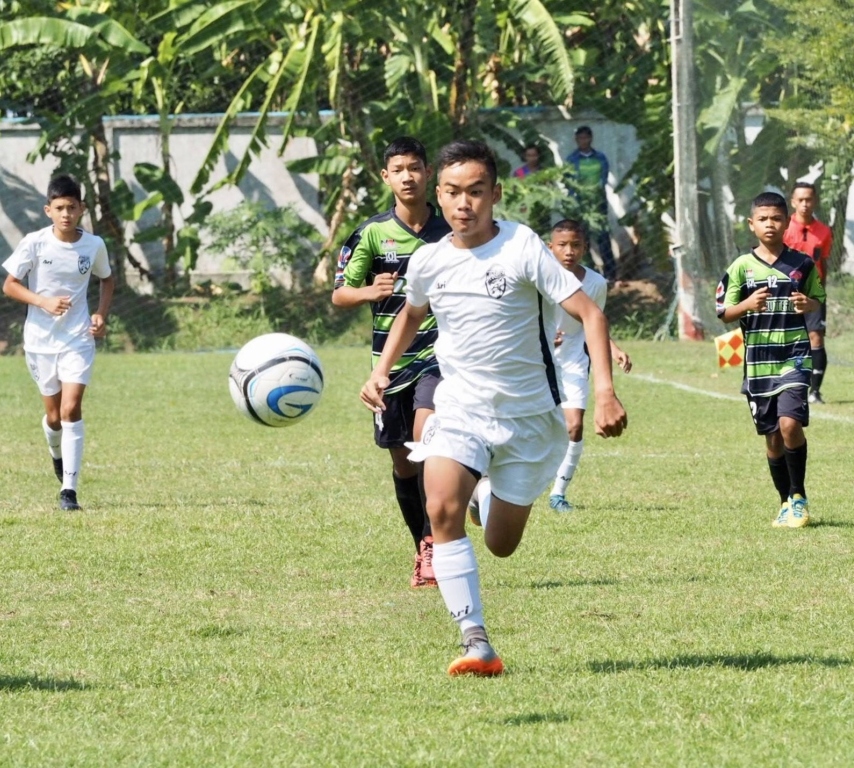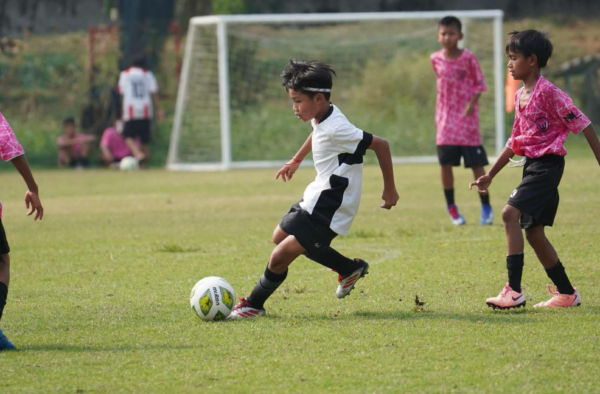Speed is one of the most important attributes in soccer, and for young players aiming to excel in the sport, enhancing their speed can make a significant difference. Whether it’s outpacing an opponent, sprinting to chase the ball, or quickly changing direction, being fast is a valuable asset on the field. There are several effective techniques and training strategies that can help young soccer players increase their speed, improve their agility, and become more explosive athletes.
Here are some key methods to help young soccer players become faster and more efficient in their game:
1. Proper Warm-up and Stretching
Before starting any speed training, it’s essential for young athletes to warm up their muscles. A proper warm-up increases blood flow to the muscles and prepares the body for intense physical activity, reducing the risk of injury. Stretching helps to improve flexibility, which contributes to greater stride length and efficiency during sprints. Focus on dynamic stretches such as leg swings, high knees, and lunges, as static stretching (holding stretches for an extended time) should be reserved for after workouts.
2. Improve Running Technique
The foundation of speed lies in proper running form. A young soccer player can greatly benefit from refining their running mechanics. Here are some tips for improving running technique:
- Posture: Maintain a slight forward lean from the ankles, not from the waist. Keep the back straight to avoid unnecessary tension.
- Arm Movement: Arms should be bent at a 90-degree angle and swing in sync with the legs. A proper arm swing helps propel the body forward.
- Stride Length and Frequency: Aim for quick, explosive strides with a minimal ground contact time. A strong push-off from the foot maximizes speed. Focusing on increasing stride frequency can also lead to faster running without necessarily increasing stride length.
- Foot Placement: The foot should strike the ground underneath the body, not too far in front, to reduce braking forces.
3. Strength and Power Training
To sprint faster, players need strength in their legs and core. Strength training should focus on the lower body and core muscles, as these muscles are crucial for generating force and maintaining speed. Incorporating exercises like squats, lunges, and step-ups will build strength in the quads, hamstrings, and glutes. Power-based movements such as plyometric exercises (box jumps, bounding, and jump squats) help develop explosive strength that translates into quicker acceleration and better overall speed.
Core exercises like planks, Russian twists, and leg raises help maintain balance and stability, essential for maintaining proper form while sprinting and changing direction at high speeds.
4. Sprints and Interval Training
One of the most effective ways to increase speed is by incorporating sprinting drills into training sessions. Interval sprints are particularly beneficial for young players as they simulate the short bursts of speed required in a game. Here’s how to structure sprint training:
- Short Sprints: Set up a short-distance course (20 to 30 meters) and focus on maximal acceleration. Have the players sprint at full speed, rest for 30 to 60 seconds, and then repeat.
- Progressive Sprints: Gradually increase the sprint distance over time to build stamina and endurance in high-speed conditions.
- Interval Training: Combine high-intensity sprinting with low-intensity jogging or walking to simulate game-like scenarios. For example, sprint for 15-20 seconds, then jog or walk for 30 seconds. This builds aerobic capacity and recovery ability between sprints.
5. Acceleration and Explosive Start Drills
In soccer, it’s not just about being fast over long distances, but also about accelerating quickly from a standstill or a jog. Speed drills focused on acceleration can help young players explode off the mark:
- Cone Drills: Set up cones in a straight line or zigzag pattern. Have players sprint between cones at maximum speed while focusing on their acceleration.
- The 10-yard Dash: Have players start from a stationary position and sprint as fast as possible for 10 yards (9.1 meters). This drill emphasizes explosive starts and short bursts of speed.
- Resistance Training: Use resistance bands or a sled to add extra resistance during sprints, which helps build the power needed for faster acceleration when the resistance is removed.
6. Agility and Quickness Training
Speed isn’t just about running in a straight line; soccer players need to change direction quickly while maintaining balance. Agility drills that mimic game-like scenarios are important to increase both speed and responsiveness:
- Ladder Drills: The agility ladder is an excellent tool for improving foot speed, coordination, and quickness. Have players run through the ladder, focusing on fast, light steps.
- Cone Drills (Shuttle Runs): Set up cones in a series of patterns (e.g., zig-zag, T-drills, or box drills). Players should change direction quickly, weaving through the cones while maintaining balance and speed.
- Quick Feet Drills: Players can practice shuffling or stepping quickly with small, controlled movements, focusing on fast footwork and reaction time.
7. Recovery and Nutrition
Rest is just as important as training when it comes to increasing speed. Adequate sleep and recovery allow the muscles to repair and grow stronger, which directly impacts performance. Additionally, proper nutrition plays a crucial role in energy levels and muscle recovery. Young athletes should consume a balanced diet rich in protein, healthy fats, and carbohydrates to fuel their bodies for optimal performance and recovery.
8. Mental Focus and Confidence
Speed isn’t just about physical ability—it’s also about mindset. Soccer players who approach their training with a positive, confident attitude are more likely to perform at their best. Encourage young athletes to visualize their success, stay focused during drills, and push through physical fatigue. Mental resilience is key to maintaining top speed during competition.
Conclusion
Increasing speed in soccer is a combination of technique, strength, power, and mental focus. Young players can dramatically improve their on-field performance by working on running mechanics, improving strength and power, and focusing on sprinting and agility drills. Consistency in training, proper recovery, and a growth mindset will ensure they not only get faster but also become more well-rounded players on the pitch. By incorporating these strategies into their regular practice routine, young soccer players will see noticeable improvements in their speed and overall athletic performance.



